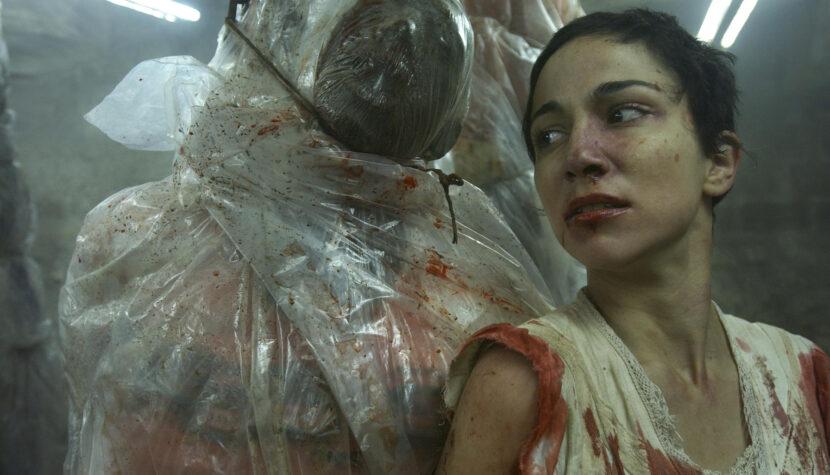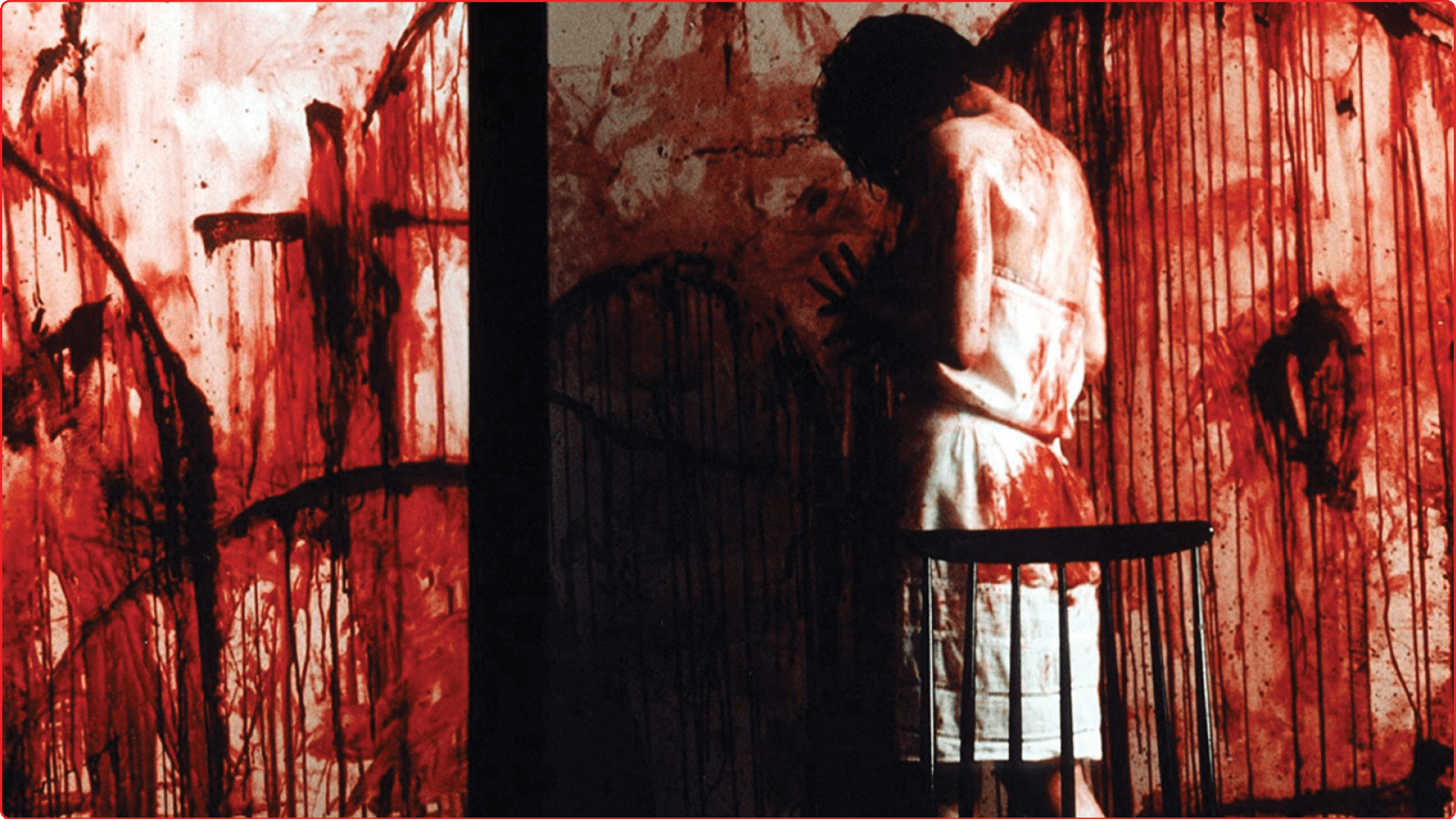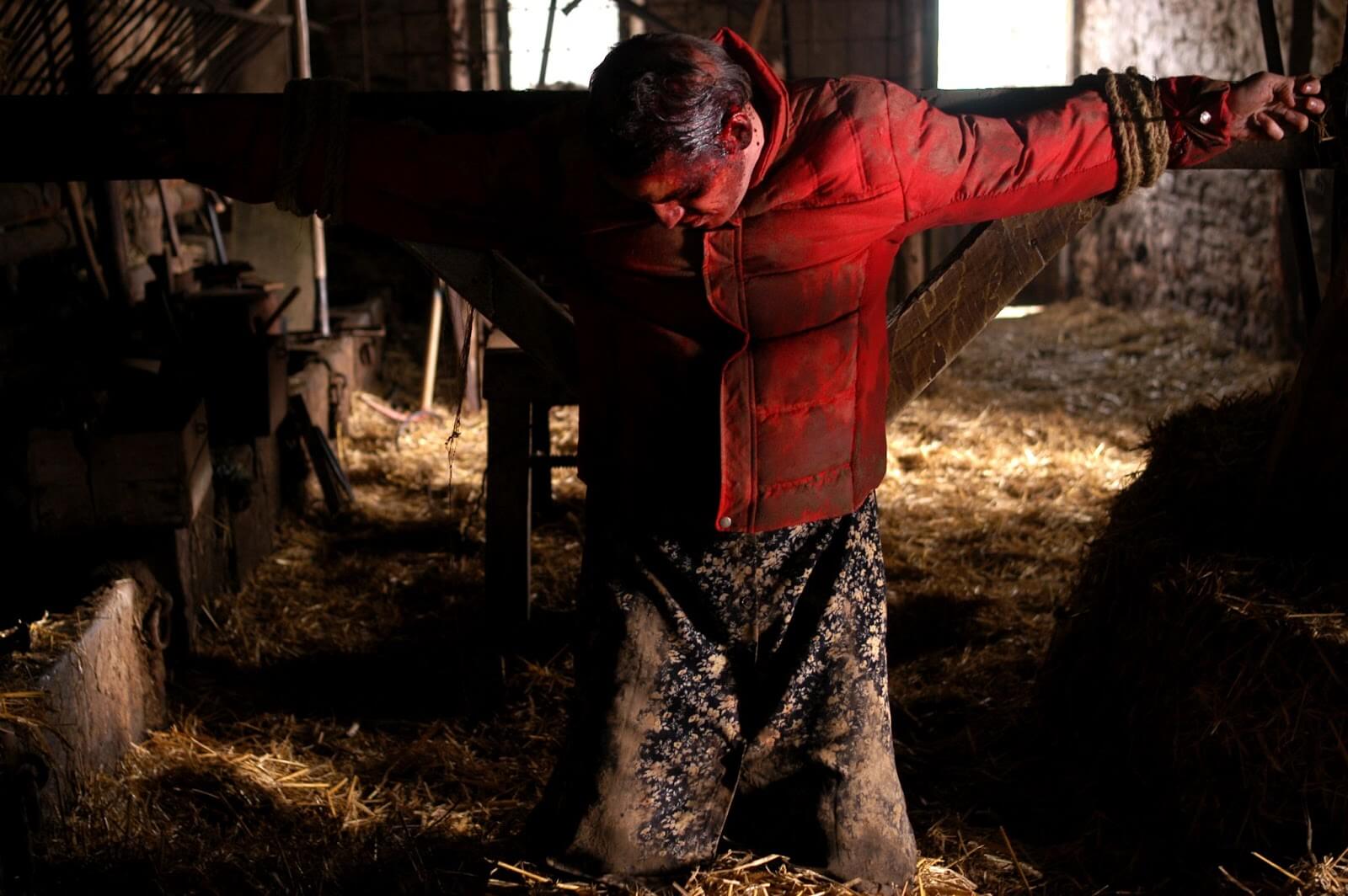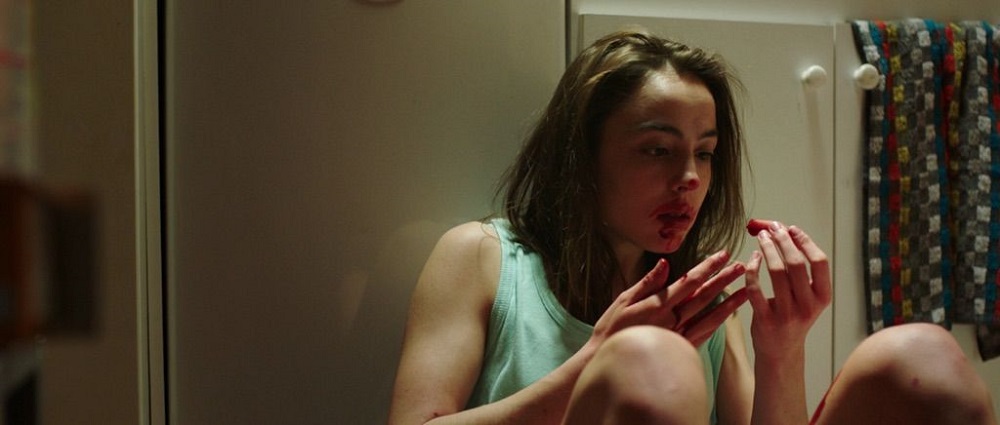New French Extremity. Theatre of cruelty, path of torture…

… Cronenbergian body horrors, and other similarly repulsive yet uniquely captivating horror movies.
French horror
Horror cinema in France doesn’t have as rich a tradition as in the USA, UK, or Italy, but there are valuable films that creatively explore the dark boundary between life and death, where fear is generated. Classic French horror films include the unsettling Diabolique (1955) by Henri-Georges Clouzot and Eyes Without a Face (1960) by Georges Franju. Following these, there are films like Roger Vadim’s vampire spectacle Blood and Roses (1960) and Jean Rollin’s works like Grapes of Death (1978) and Fascination (1979).
These films don’t form a cohesive trend, and the small number of French horror movies confirms that the genre wasn’t widely successful in the country. Skilled creators adept at using fear-inducing techniques were lacking. Full-blooded French horror didn’t gain attention until the 21st century, with a series of extremely brutal films portraying violence infiltrating the lives of ordinary citizens. It’s surprising that it took France so long to recognize the potential of bloody horror, considering the country’s history marked by events like the Huguenot massacre, activities of serial killers like Gilles de Rais, Henri Désiré Landru, Marcel Petiot, and even the life of the Marquis de Sade, from whom the term “sadism” originated.

"New wave"
At the beginning of the new millennium, a group of French filmmakers entered the world of cinema with the intention of testing human endurance against cinematic violence. Their stories, built upon shocking techniques, were designed not so much to scare the audience but rather to destabilize, irritate, and leave them with a sense of disgust. All of this was achieved without the involvement of supernatural elements, relying instead on very down-to-earth narratives about ordinary people whose inclination toward wrongdoing is inherent in their nature. These films find their roots in Antonin Artaud’s Theatre of Cruelty. A prominent representative of extreme cinema in France is the Argentine Gaspar Noé. His feature debut, I Stand Alone (1998), is a unique work that defies genre conventions and is vexing in a refined manner. Noé’s work is worthy of a separate article, as he’s a filmmaker who is not easily pigeonholed. The same can be said about Bruno Dumont, another creator known for his multifaceted and polarizing works.
Even more conventional productions, closer to traditional horror cinema, haven’t always strictly adhered to genre rules. Often, under the guise of kitsch and macabre aesthetics, these films contained ambitious yet not necessarily groundbreaking content. An important early example of this type of cinema is Alain Robak’s Baby Blood (1990), a gore horror film that tells a story of maternity and the fear of what a creature carried within a mother’s womb for nine months might become in the future. The supernatural element, typically avoided in the genre, is central in this story—where a woman communicates with her fetus, possessed by a bloodthirsty entity, and is compelled to find victims for it. Another significant film in this vein is Claire Denis’s Trouble Every Day (2001). This film presents a subdued, deliberate form of psychological horror, frugal in both form and content. Denis explores desire but strips the story of passionate, sensual atmospheres, instead exposing chilling coldness, boundless sadness, and unending apathy akin to the realm of the deceased.

French extreme
One of the films that perfectly defines the French extremity is High Tension (2003). It’s a story about two friends who plan to study for their exams in a quiet rural property. However, instead of that, they find themselves in a survival test orchestrated by a mysterious killer. What sets this film apart from others is its incredibly twisted plot twist that takes the narrative in an unexpected direction. Director Alexandre Aja doesn’t concern himself with probability, operating under the assumption that evil cannot be unequivocally defined. Evil lacks a specific face; it’s merely a mask that anyone can wear. Technically flawless, the film exudes a constant atmosphere of threat, and the tension level doesn’t wane until the very last minute. Aja’s craftsmanship allowed him to make a name for himself abroad, as he directed the horror film The Hills Have Eyes (2006), a remake of Wes Craven’s original.
Another creator who delved even deeper into portraying the disturbed human psyche is Belgian filmmaker Fabrice Du Welz. In Calvaire (2004), he places two men side by side and leads their relationship into dark territories. The source of their misfortune is a twisted mind where painful memories and destructive urges reside. Their attempts to break free from the clutches of this mind resemble the Stations of the Cross, to which the film’s title also alludes. An extraordinary bar scene dance brings the film toward grotesque territory but mainly serves to sustain a feeling of unease. As one foreign critic put it, this film is like driving through fog—you’re uncertain of your location and what awaits you until the very end.

Frontière(s) (2007), directed by Xavier Gens, serves as a compelling example of extreme cinema. Beneath the façade of bloody horror, this film addresses the issue of neo-Nazism, a genuine concern in contemporary France. Amid political unrest in Paris, a group of Muslim criminals intends to escape to Amsterdam with stolen money. However, their plans take a drastic turn as they stumble upon a deranged family with fascist beliefs. Through the use of macabre elements, the filmmakers amplify the issue of racism, stretching it to absurd extremes and revealing the emptiness that underlies this senseless, hate-fueled worldview.
Another pivotal film of this movement is Inside (2007), directed by Alexandre Bustillo and Julien Maury. It employs the home invasion trope, focusing on a pregnant woman who has lost her husband in a car accident. Battling with her tragic circumstances, the protagonist must be strong to ensure her child, carried within her womb, is born healthy and fills her empty home with hope. However, a mysterious intruder stands in her way, determined to rob the pregnant widow of any remaining illusions. As one might anticipate, the key to the intrigue is the child and the mother’s desire to possess it. Just as childbirth is a ritual full of pain and suffering, the battle for the child in this film becomes a bloody struggle between life and death.

Pascal Laugier also utilized the home invasion motif in his film Martyrs (2008), but he did so in an unconventional manner. For a long time, there is uncertainty about who is the perpetrator and who is the victim. The film is unpredictable and disturbing, providing an interesting exploration of the theme of martyrdom. There’s a motif reminiscent of a ghost story— a mysterious force, invisible to others, attacks a girl. Her mind, consumed by fear, creates a monster, contributing to her psychological disorder. Laugier is intrigued by the state of martyrdom between life and death, where the soul separates from the body to transition to the “other side.”
Aftermath
French extreme cinema thrived primarily during the first decade of the new millennium, but in recent years, intriguing examples within this genre can still be found. A breath of fresh air comes from Julia Ducournau’s debut film, Raw (2016). The tension here doesn’t arise from the encounter between an innocent girl and a brutal killer, but rather from the internal transformation of the main character. Through her initiation process at a veterinary school, the girl’s hunger grows—her innocence, symbolized by her vegetarianism, gradually fades away, replaced by an animalistic desire for blood and raw meat. Within the horror framework, the film embeds a metaphorical tale of coming-of-age and the exploration of one’s own sexuality.

The movie Revenge (2017) should not be taken literally either; it marks another female debut in the horror genre. Director Coralie Fargeat, while exploring the subgenre of rape and revenge, created an allegory that presents the changing image of women in society—from sexual objects to strong, emancipated warriors, breaking free from male dominance. Among the latest French horrors, Ghostland (2018) by Pascal Laugier stands out for its intriguing contrast between reality and dreams. The protagonist is torn between two worlds—one is idyllic and beautiful to the point of being unreal, while the other is monstrous and repugnant to an extent that it too seems unreal. However, one of them must be real.
What has been achieved remarkably well in these films are the gore effects crafted by makeup artists rather than CGI specialists. Giannetto De Rossi, an Italian renowned for his collaboration with horror master Lucio Fulci, did an excellent job on High Tension. For the bloody effects in Frontière(s) and Inside, the credits go to Sabine Fevre, Laetitia Hillion, and Nicolas Herlin, whereas Baby Blood and Martyrs had the work of Benoît Lestang, who tragically committed suicide two months after the premiere of the latter at Cannes. These films portray a physical transformation under the influence of violence effectively. Even if the protagonists initially attract sympathy with their appearance, they undergo such a drastic change through makeup that they become repulsive in the second half.
The productions within this discussed genre represent a kind of cinema that can easily be hated. Reactions from viewers and critics are often ambivalent, oscillating between disdain and admiration. Before dismissing such imagery as worthless, it’s worthwhile to look deeper and consider whether there might be something more beneath the bloody façade.

